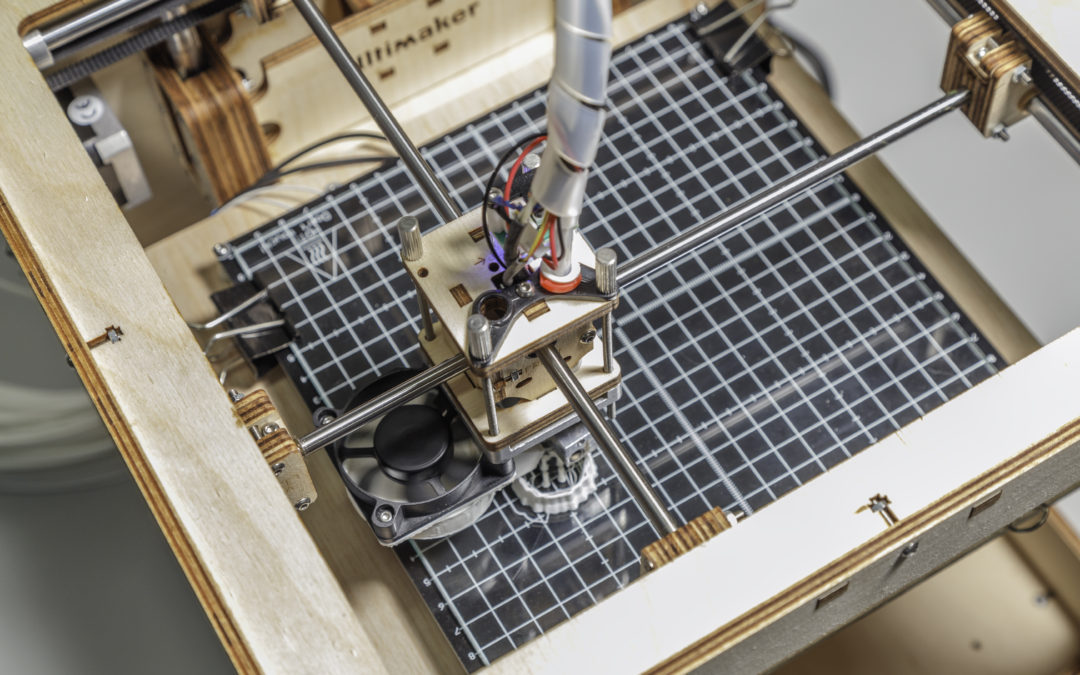3D printing is a process of creating 3D objects from a digital file. 3D printing began in 1984 and, in the last 10 years, has taken off tremendously. In 2011, Kor Ecologic revealed the first 3D printed car, in 2012, the first 3D-printed prostatic jaw was implanted. There are no signs of slowing down for 3D printing, either.
In a recent article about the topic, the World Industrial Reporter said, “Research company, Gartner, has already predicted that worldwide sales of 3D printers are forecast to rise from about 455,000 last year to 6.7 million in 2020 – in what the research firm describes as the ‘rapid transformation’ of 3D printing into a ‘mainstream technology’ used to create prototypes, augment manufacturing processes, and produce finished products.”
3D printing could also help preserve historic sites in Yemen.
Haaretz recently reported that archaeologists believe 3D printing could save destroyed treasures. “Iran, Yemen, and eastern Turkey can take photographs and upload them to a database, where owners of 3D printers worldwide would volunteer to help reconstruct the catalogued items.”
So, What is Next for the World of 3D Printing?
BP is trying to figure out just that. BP announced that they will be conducting a study on the effect of 3D printing on the global supply chains that the oil industry relies on.
BP’s Chief Economist, Spencer Dale, reported to Financial Times that his teams would be researching to determine if 3D printing could unravel some the complex global supply chains that have provided growth for the oil industry. According to 3Dprint.com, more than a fifth of total oil consumption results from freight transportation, particularly long-distance shipments across the globe.
“The oil and gas industry – and many others – see opportunities to use this technology, especially to produce parts on-demand in a specific material. For example, 3D printers on an offshore facility may mean complex components can be manufactured in remote locations, saving time and improving efficiency. Uses of 3D printing is [sic] set to grow over the next 10 years as applications are identified and opportunities arise with new materials and equipment,” BP states on their website.
However, oil companies are not expected to suffer from the technological growth. BP even states in a 2016 report that oil demand is continuing to rise.
“Even so, oil, gas, and coal remain the dominant sources of energy powering the world economy, accounting for more than three-quarters of total energy supplies in 2035 (down from 85% in 2015).”
Haitham Alaini is an entrepreneur from Yemen with over 20 years of experience. He focuses on issues surrounding the environment, education, and preserving Yemen. Alaini is passionate about exploring innovative technology that will help improve Yemen, his native country.
To learn more about Haitham Alaini visit:
Haitham Alaini – Website: haithamalaini.org
Haitham Alaini (@haitham_alaini) – Twitter: https://twitter.com/haitham_alaini
Haitham Alaini – Facebook: https://www.facebook.com/haithammalaini?fref=ts
-Haitham Alaini
